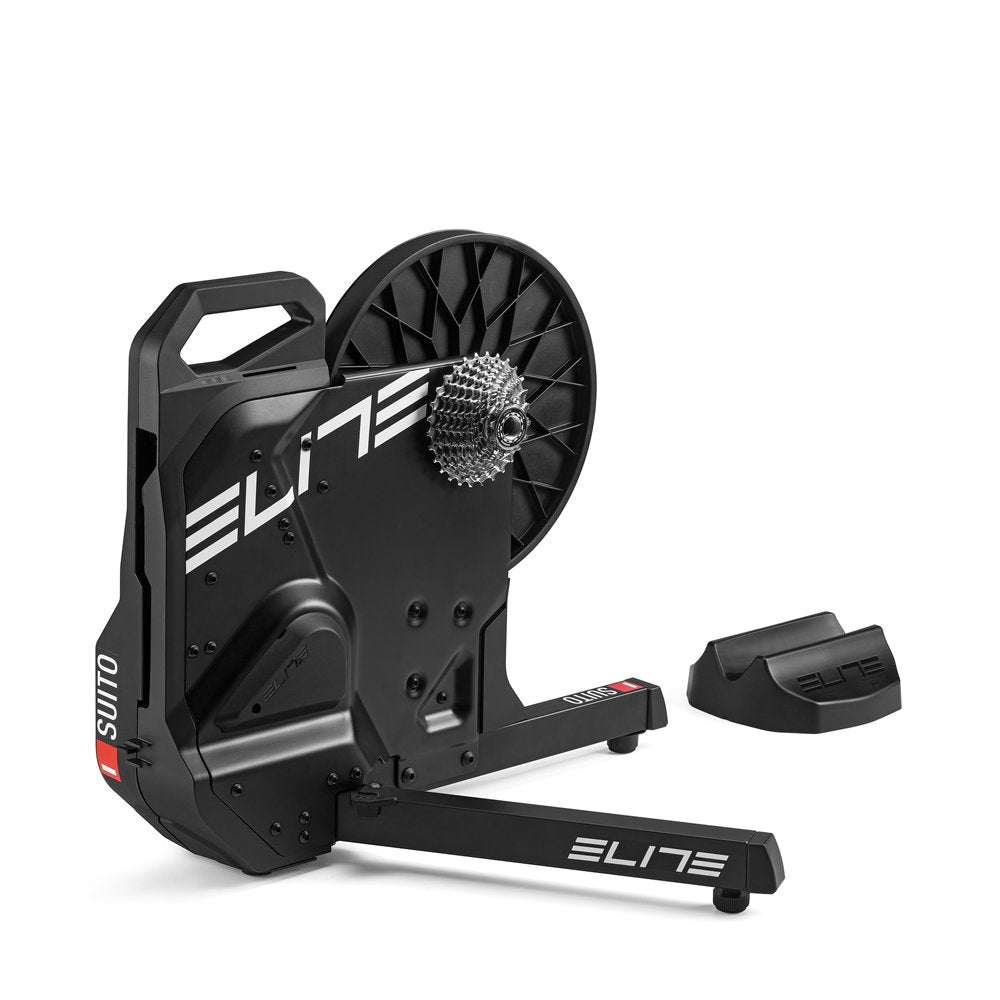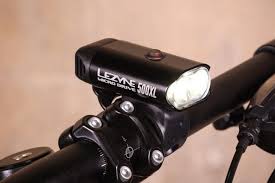Wetsuit 411: You've Got Questions & We've Got Some Answers

A triathlon wetsuit is different from a wetsuit made for other aquatic sports. This suit will fit like a second skin but it must still give your arms full range of motion for efficient swimming. As well, many wetsuits are designed to give you buoyancy support to help your body position in the water. In fact, a lot of triathletes count on the wetsuit for that as much as for thermal protection. Regardless, in most open water swim triathlons in western Canada, you can count on needing a wetsuit, with lake water temperatures rarely exceeding 20C68F.
Things to look for in a triathlon wetsuit:
- Fit.
- Materials. This includes the neoprene and zippers. Look for Yamamoto or Sheico neoprene, YKK zippers, SCS coating on Yamamoto neoprene, Aerodome neoprene and a variety of thicknesses of neoprene in different areas.
- Warranty. Usually, the warranty will cover manufacturing defects only and we've really seen very few issues here with any brands we've dealt with.
- Fit, again, it matters more than anything! The most expensive wetsuit, made out of the best material, isn't worthless if it doesn't fit you. Look for a suit that has multiple pieces and panels in order to get the best fit.
- Swim enhancements (or claims of them). The use of different thicknesses of neoprene in different parts of the wetsuit or a different pattern can enhance things like body rotation and freedom of movement of the arms. When reading the list of features and benefits of any suit, it is a good idea to be skeptical of manufacturers' claims. I’ve seen specific features being described but more than one company as being unique to their suits alone.
But, all those things aside, if you don't put on your wetsuit correctly, it will not perform as well as it should and you will not be able to perform to your best potential. Either you will find your mobility is restricted unnecessarily, or you may find water pooling in some areas of the suit when it shouldn't. When you are holding excess water in your suit, you are losing both some buoyancy as well as some of the thermal quality of your suit.
Materials Use In Triathlon Wetsuits
Yamamoto Grades 38, 39 & 40: Is there a minimum passing grade?
There are only a handful of different materials used to make triathlon wetsuits, Yamamoto neoprene being the most common. There are three grades of Yamamoto neoprene being used for triathlon wetsuits right now: 38, 39 & 40. The numbers reference loosely the order in which the materials were introduced. I got my first Yamamoto 38 suit about 20 years ago when it was the best material available for triathlon wetsuits. Now, the newer 39 and 40 grades are more commonly used but you’ll find grade 38 used on entry-level suits. Grades 38 & 39 rate relatively the same in terms of strength, flexibility and buoyancy and grade 40 is more buoyant and more flexible that grades 38 & 39. The higher the number, the more expensive the materials and the more expensive the suit. While flexibility is beneficial in panelling around the arms and shoulders, a suit that is extremely flexible throughout can allow in more water and swell during use. Since flexibility in the legs isn’t really of benefit in a triathlon wetsuit, it can be argued that Yamamoto 40 isn’t necessary in the lower half of a triathlon wetsuit while it is desirable in the arms & shoulders.
30 years ago, the Yamamoto 38 suit was the best you could get so that’s all the top pros work so that’s what I wore. Now, anyone seeking the best technology is investing in suits using Yamamoto 40 or a combination of Yamamoto 39 & 40. But if the proof is in superior performance, we should investigate whether triathlon swim times getting faster? I haven’t done that to any great extent but we certainly don’t have a bunch of new swim records being set in open water events. More research might be warranted but that is a topic for another time.
Yamamoto Aerodome Neoprene
Aerodome neoprene is also manufactured by Yamamoto. This neoprene has an interior piece of perforated rubber sandwiched between the SCS smooth outer shell and the fabric jersey liner. The perforated inner filling adds buoyancy and insulation while reducing the weight of the material. And, yes, Aerodome is a more expensive material than standard rubber.
Sheico Brand Neoprene Materials
Yamamoto neoprene has owned the majority of the market share in triathlon wetsuits manufacturing for over 30 years but other manufacturers have improved their products and we are starting to see them more often. Sheico is the largest neoprene manufacturer in the world and its materials are found in products from Zone 3 and others. One area where Sheico likely performs better than Yamamoto is in the quality of the jersey liner. While the jersey liner is not high on a performance level, people swimming in Sheico neoprene suits often comment on the comfort level. A silkier jersey slides more effortlessly over your skin.
Limestone based blown rubber
A few triathlon wetsuit manufacturers specify that the material they used is made from limestone-based rubber rather than petroleum sourced rubber. There are two main benefits to limestone neoprene vs petroleum rubber: it is 97% water impermeable vs only petroleum rubber at only 70% impermeable. Secondly, limestone neoprene manufacturing is more eco-friendly using fewer natural resources with less waste in the manufacturing process. Here’s the thing: while a few triathlon companies specify that they use the more eco-friendly limestone neoprene, that fact is not unique to just those few brands. They all use limestone neoprene! This is not is a differentiating feature between brands.
Features and Marketing
Arms Up Design
Many brands will tout certain features as being either beneficial to your swim in some way and as being unique to their own design. The "arms up" feature is one of these. Some brands are promoting this as a unique feature but it has been around for a long time and most manufacturers accommodate full arm extension during the swim stroke. ed to easily allow your arms to comfortably remain down and beside your torso.
Zippers
In triathlon wetsuits, you'll see standard zippers that zip from the bottom up most commonly. However, you will also see zippers that run top-down and breakaway zippers that pull apart quickly and easily with a quick tug. Realistically, you're often undoing your suit as you exit the water and you'll be dealing with the zipper while you are on the run, the true multi-tasker that you are. While some zipper designs might help you get out of your wetsuit a few seconds faster since you are most often undoing the zipper while you are on the move, differences in how a zipper operation often don’t have an effect on how long it takes you to get out of your wetsuit.
Graphics
Obviously, if the choice is between a plain black suit and something with a little more visual appeal and flashier graphics and colour, many of us might prefer something a little more striking. But graphics don't make you faster. Proper fit is more important to your overall swim performance and comfort. One thing we have observed over years of fitting, selling and, most importantly, repairing wetsuits is that the ink or paint used to apply graphics is less flexible than the unpainted skin of the neoprene. It is very common for wetsuits to tear along the edge of painted graphics.




Comments
Barb Ziolkowski —
Am 66 and do lane swimming for up to 2 hours. Usually in a pool but live on lake and Pools closed. Just tell me what I need. Find all details mind boggling. This is an item that needs to be tried on, not purchased on line is what I’m getting from on line info. I live in Saskatchewan and no swim tri wet suits sold. 🥴🥴